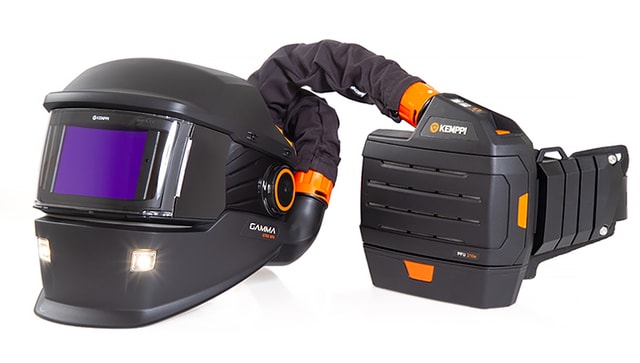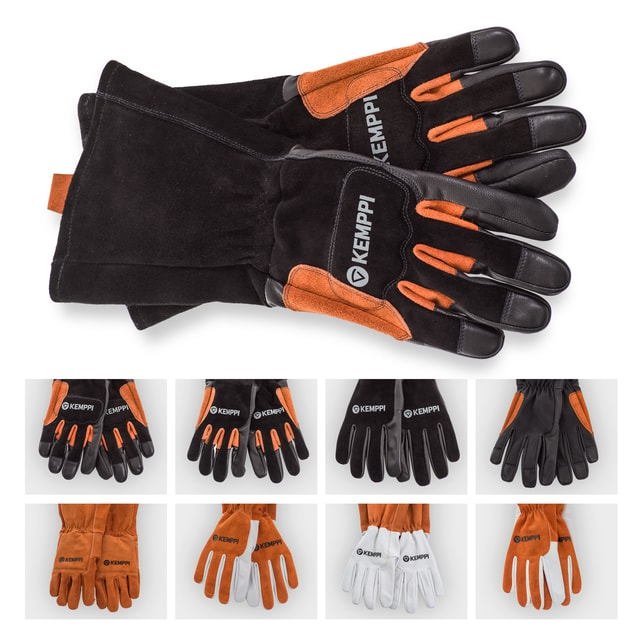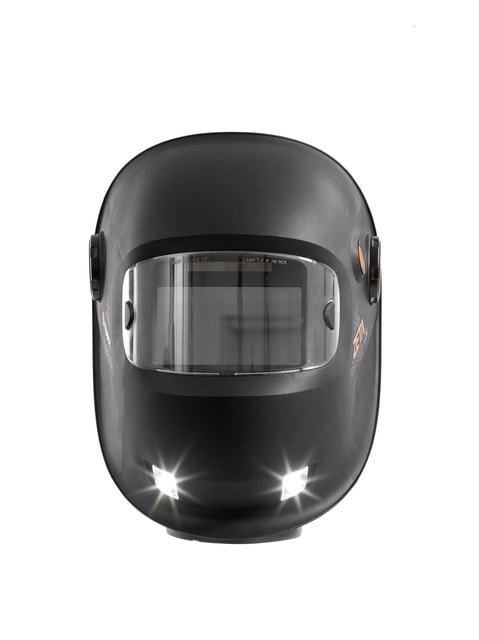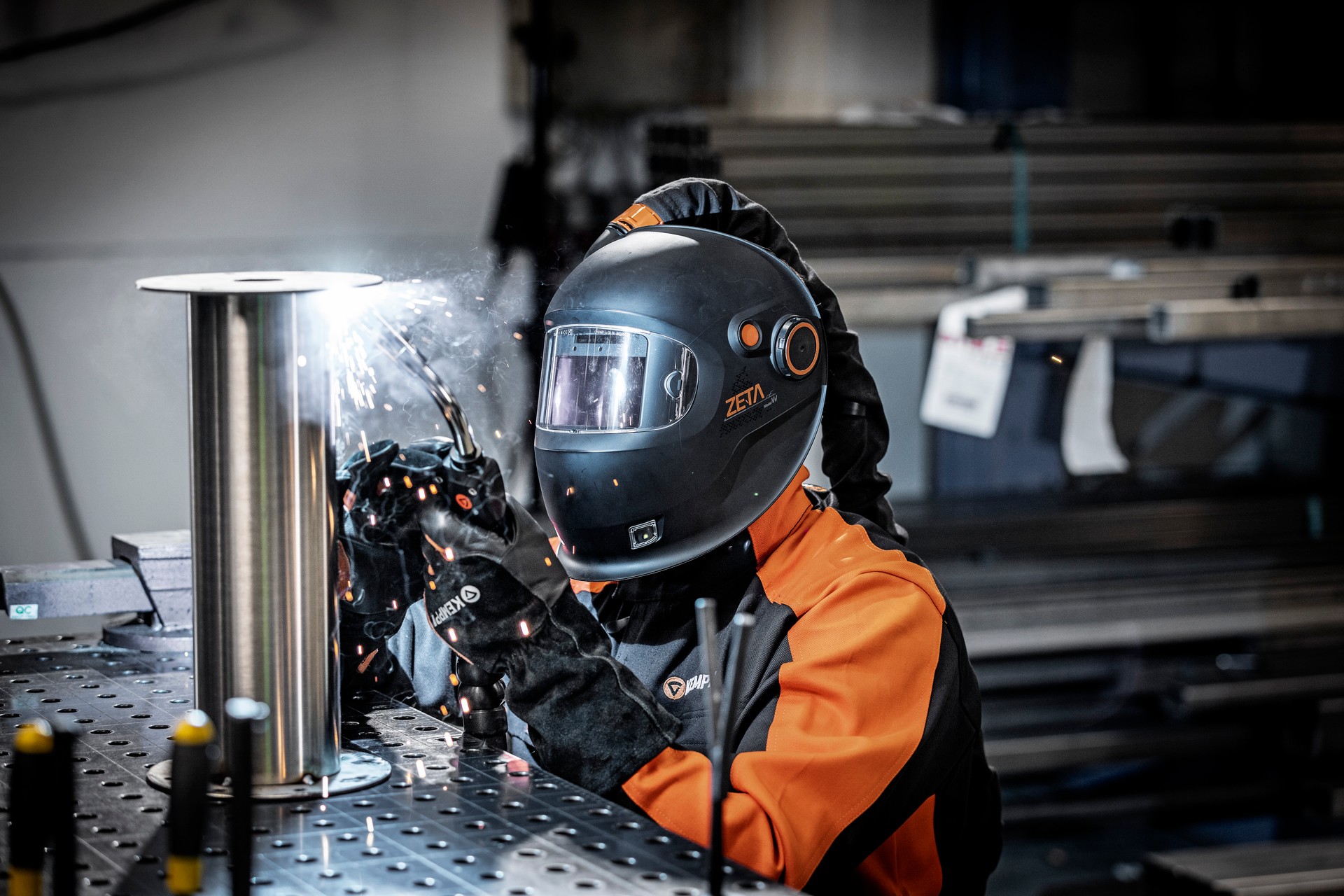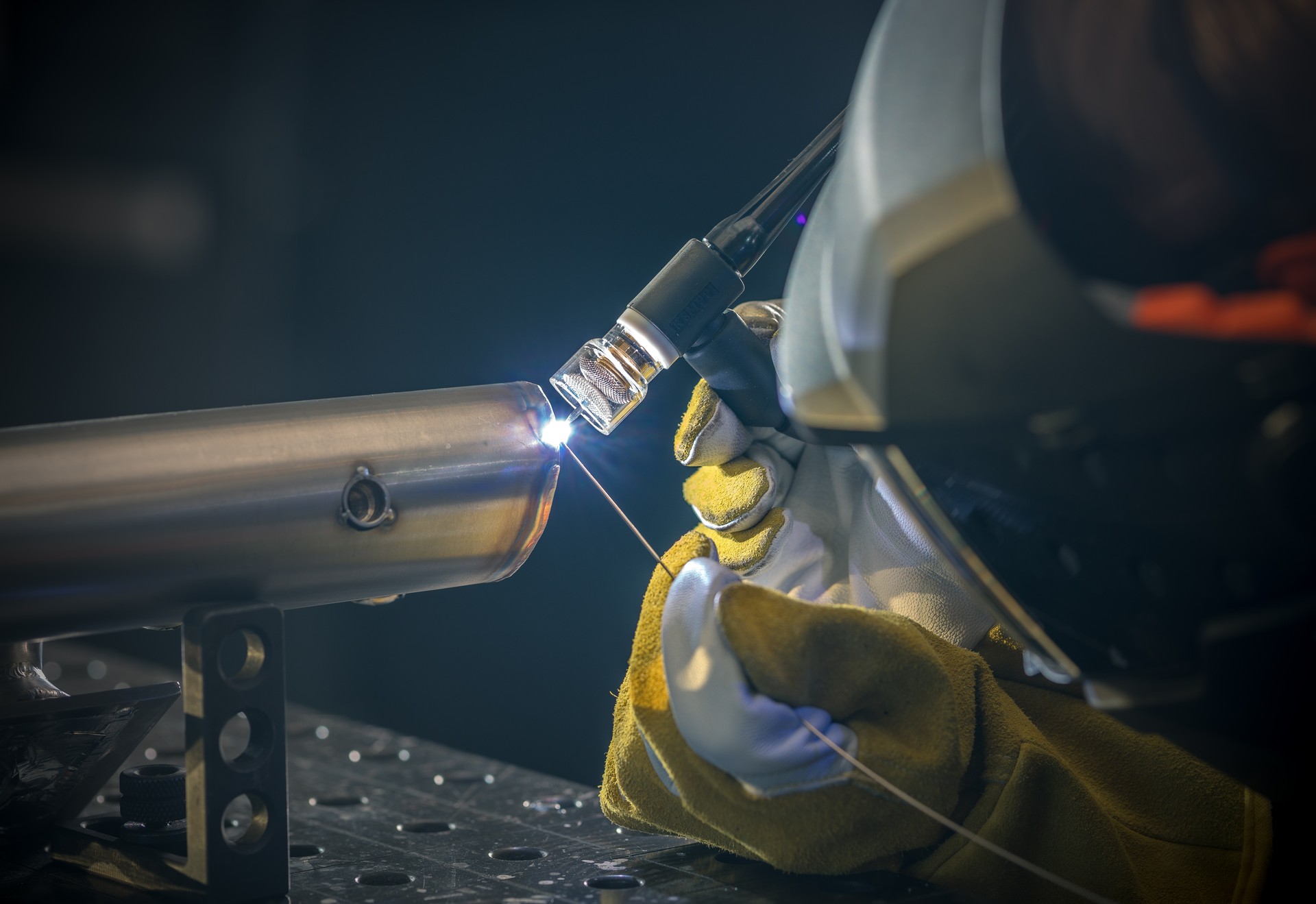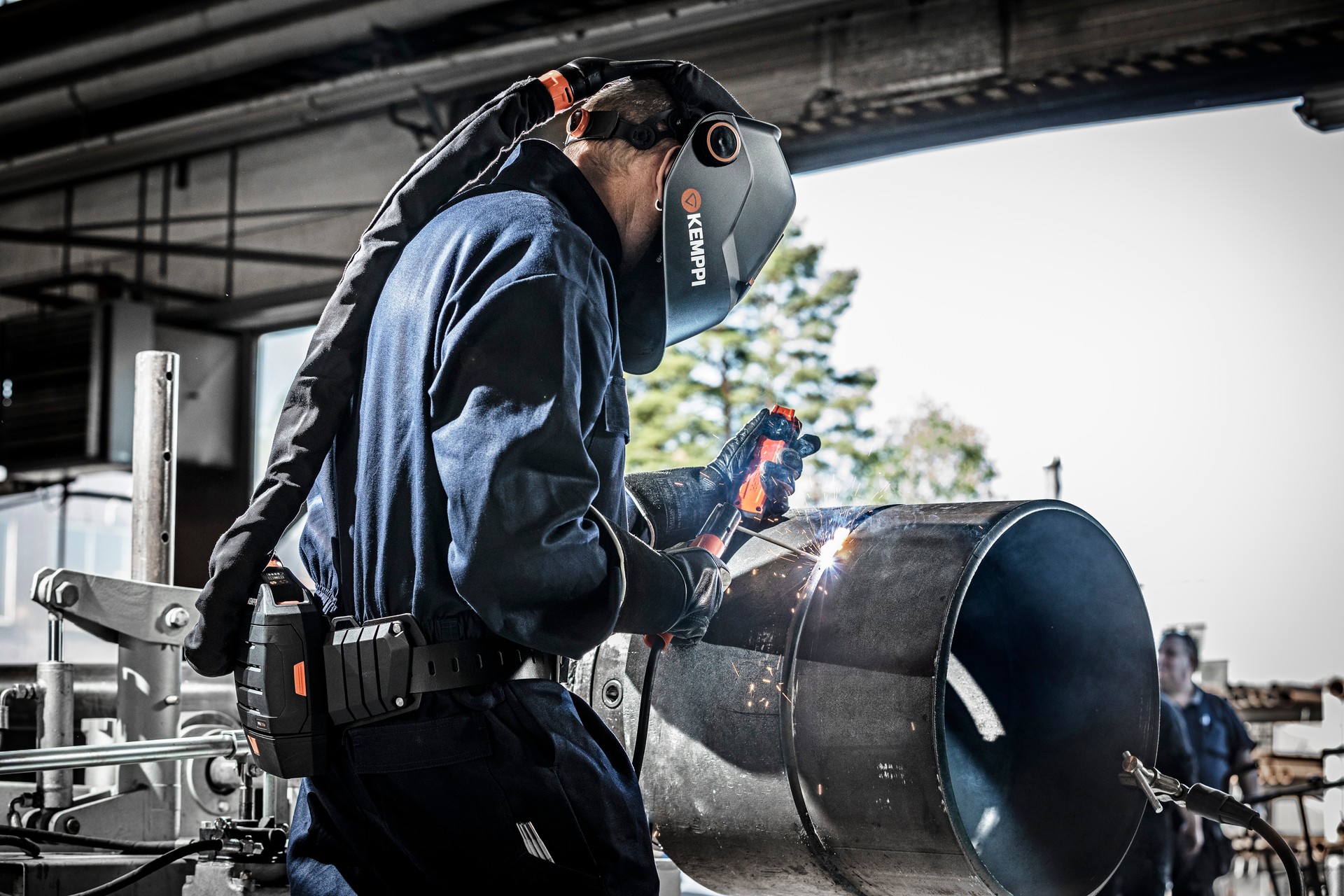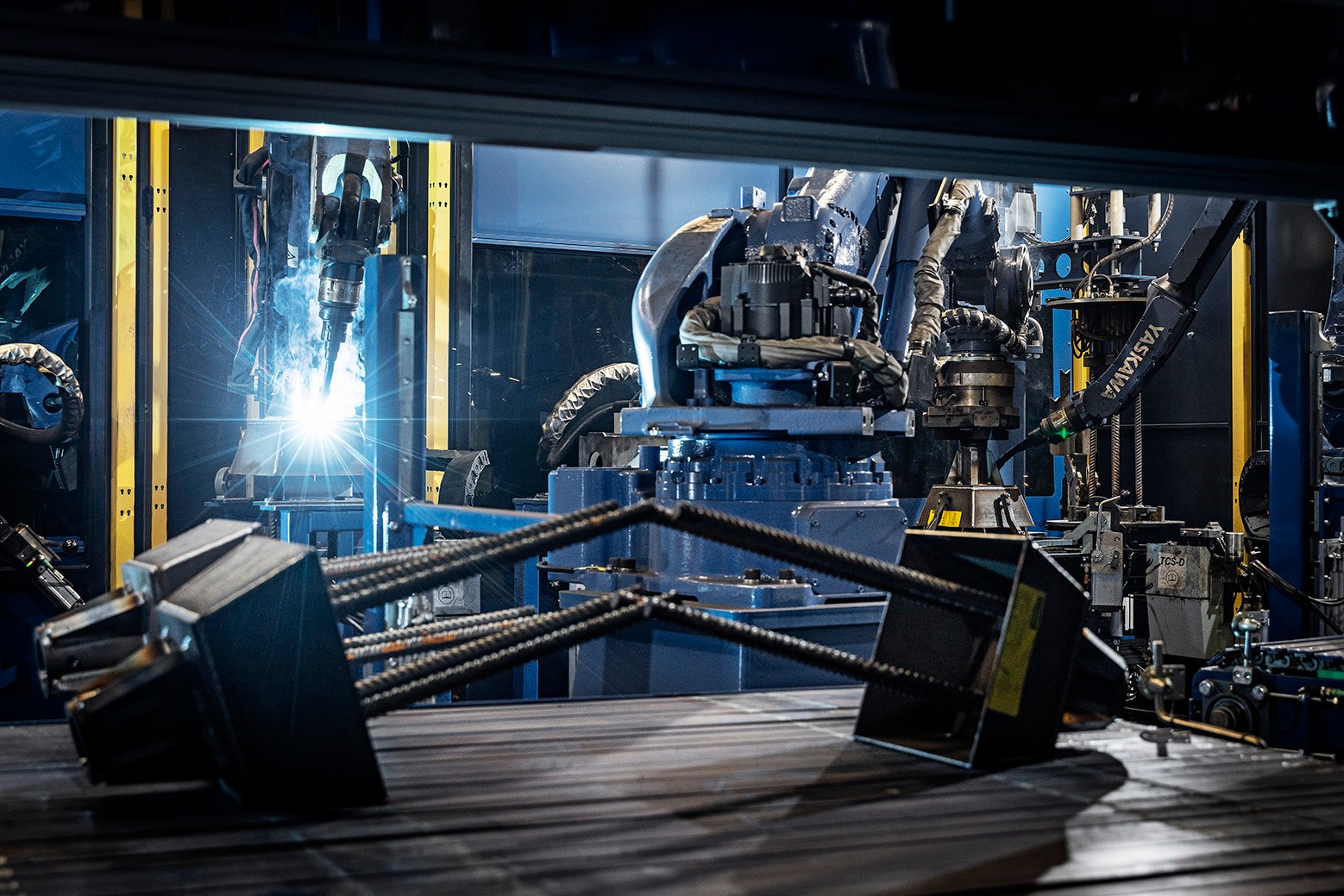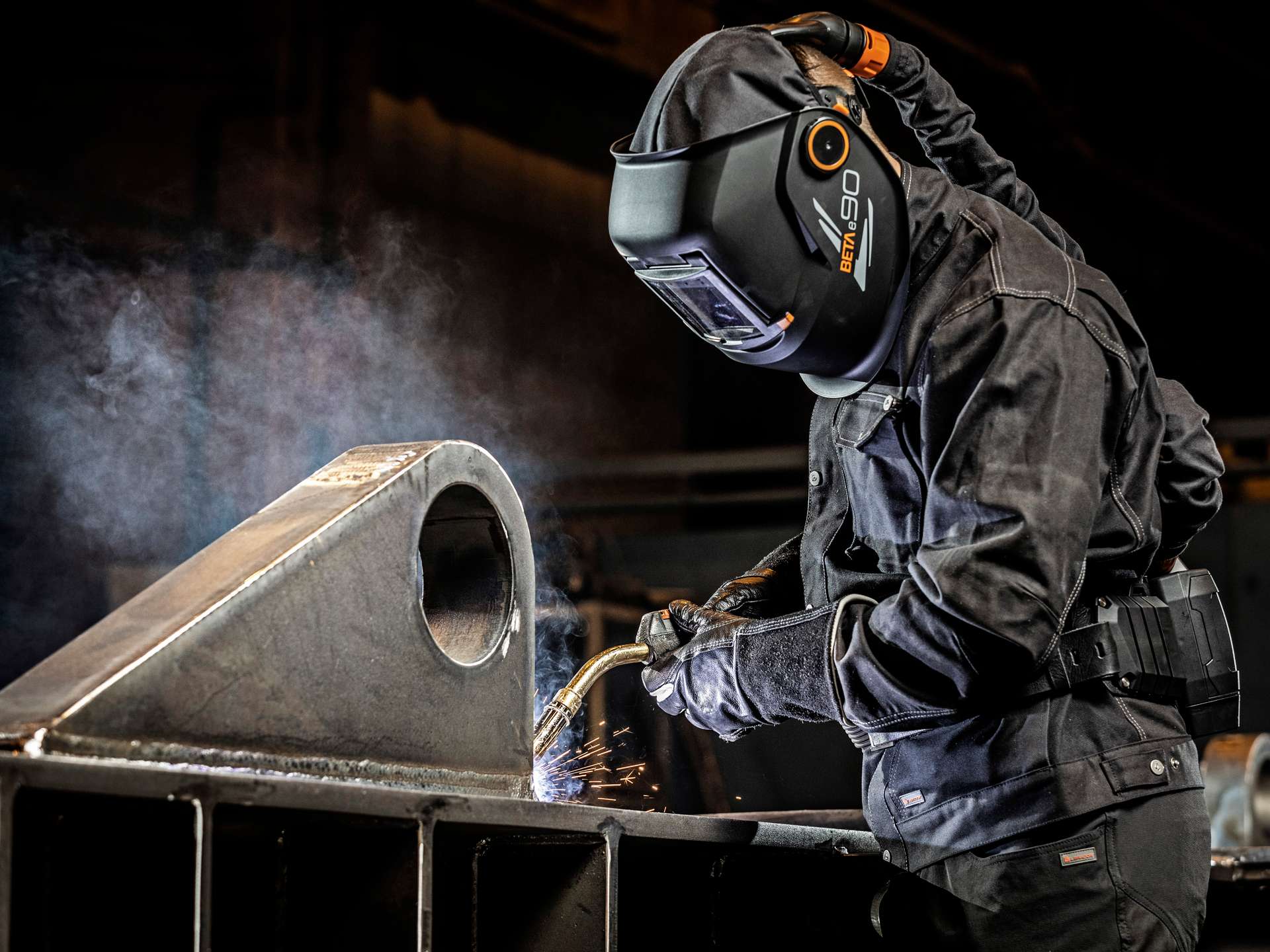
Welding ABC
Welding safety and welding hazards
March 10, 2024
Why welding safety is important and how to avoid the most common welding hazards
Welding Value
ALWAYS USE APPROVED PROTECTIVE GEAR
Like any other industrial occupation, arc welding presents many hazards. However, when an accurate risk assessment is completed, observed and protective equipment is used, welding is a safe procedure. Always use approved welding safety equipment.
BRIGHT LIGHTS, ULTRAVIOLET AND INFRARED RADIATION CAN CAUSE EYE DAMAGE
An arc is the most well-known symbol of welding, but behind the beauty of light and sparks also hides danger. Looking at the arc with unprotected eyes can damage your eyesight permanently. Even a short exposure can cause the surface of the eye to burn, causing so-called ‘arc eye’ or ‘flash burn’. Ultraviolet and infrared radiation and visible elements, such as hot spatters, can damage the eyes and burn unprotected skin.
EYE PROTECTION IS ABSOLUTELY NECESSARY IN WELDING
To prevent eye damage, the welder’s eyes require efficient and approved protection in the form of an approved welding helmet and a welding lens filter. Kemppi ADF lenses (Auto-Darkening Filter) and passive lenses (Approved Colored Glass welding lenses) for welding face shields carry 100% protection against ultraviolet radiation.
Welding helmets or face shields are worn when eye protection is needed for longer periods of time. Their protection class, weight, and balance options vary considerably, and therefore it is important to select the appropriate model and protection level to suit your application and personal circumstances. Welding helmets or face shields with auto-darkening welding lens ease and speed up the welder’s work throughout the welding process.
LUNGS ALSO NEED PROTECTION FROM IN WELDING FUMES AND GASES
One option for combined eye and lung protection is a welding helmet or face shield equipped with a face seal. They offer a proper clean breathing air ventilation system to protect the welder from daily exposure to hazardous toxic fumes and gases which are considered carcinogens, chemicals known to cause cancer. These ventilation systems are called welder’s respirators and PAPR systems. A complete respirator system consists of a filter unit, hose set, and head-top. Welder’s respirator systems are officially graded by the protection levels they offer the wearer, i.e. the level to which they exclude the contaminated air found in the welding environment. This classification rating is not simply the filter efficiency of a filtering system. It is the total measured combined leakage rating of the respirator system, and it is called the Total Inward Leakage (TIL) performance rating.
Kemppi's Gamma GTH3 product range provides a maximum inward leakage TIL protection level to 99.8% efficiency.
Browse Kemppi welding safety equipment
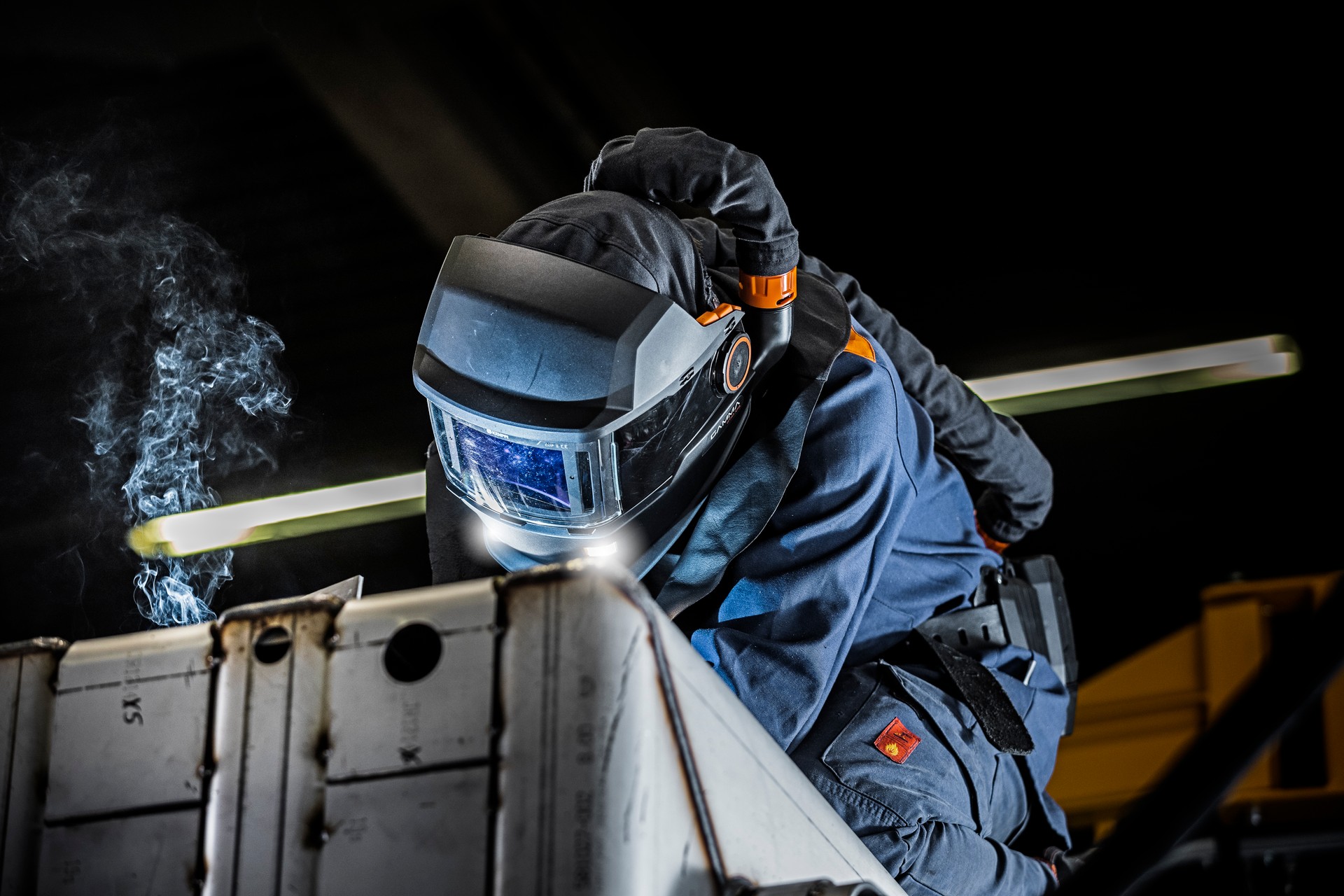
WELDING FUMES AND GASES ARE TOXIC AND A HEALTH HAZARD
Typically, we breathe in 4,000 liters of air during an 8-hour work shift. At the same time, one single welding operator can produce up to 40 grams of airborne fume and particulate per hour. This welding fume is composed of gases and small particles and may contain more than 40 different substances that come from the processed material itself, from the filler metals, or from surfaces such as paints and coatings. The welding fume, all-in-all, is dangerous to human health, and if unprotected, tiny fume particles can pass deep into the lungs.
Furthermore, exposure to airborne contamination and carcinogens for lengthy periods may result in long-term health issues, including cancer and respiratory illnesses. Occupational lung diseases are preventable by using proper welding respiratory protection.
If proper safety precautions are followed, the exposure to fumes and gases can be controlled:
Make sure the welding area is properly ventilated to keep fumes and gases away from the breathing zone and the general area.
Welders should always wear an approved welder’s respirator.
WORKING IN A CONFINED SPACE REQUIRES SAFETY PRECAUTIONS
There are situations when a welder is required to work in a confined space such as tanks, pipes and pits. Inert gases and some common chemical reactions can reduce or even replace the amount of oxygen in these spaces. Always consider if the job can be done without entering a confined space. Risk assessment must be carried out before working in confined spaces where the oxygen level of the atmosphere could fall below 17%.
In case you need to enter a confined space:
Wear an approved welding respirator or welding fume mask.
Make sure you know the emergency rescue plan.
Do not use oxygen supplies as it is a very serious fire risk.
Remember that most welding gases, including all the inert gases, have no smell and can displace your breathing air without detection.
Make sure that the shielding gas hoses and connectors are tightly sealed.
Never work alone.
HEAT, FIRE AND BURNS ARE A CONSIDERABLE RISK TO SAFETY
Having flammable materials in the working area is the most common reason for a fire. Maintaining the working area clean of any flammable material such as wood or fabrics helps to prevent the risk of fire. Remember that heat and sparks can travel a considerable distance.
Always make sure you know the emergency plan and the location of fire extinguishers in case of fire. The fire extinguishers should be in the proximity of the welding area. In case it is not possible to keep the area completely clean, a fire watch should be maintained during welding and at least for 60 minutes after the welding process to keep track of sparks. The welding area may also be separated from the surroundings by a fire-resistant blanket or sheet metal.
Though usually not serious but very common injuries of welders are burns due to spattering. They are also called “arc tattoo”. If the welder’s neck area is not properly protected, it is subject to UV radiation that causes sunburn called “welder’s neck”. Long term, exposure can cause more permanent damage. Always protect exposed skin areas with appropriate clothing.
Injuries are preventable by using an approved Personal Protective Equipment (PPE) and covering the body completely during welding. Thick gloves and long-armed, flame-retardant clothing are part of the basic equipment for any welder.
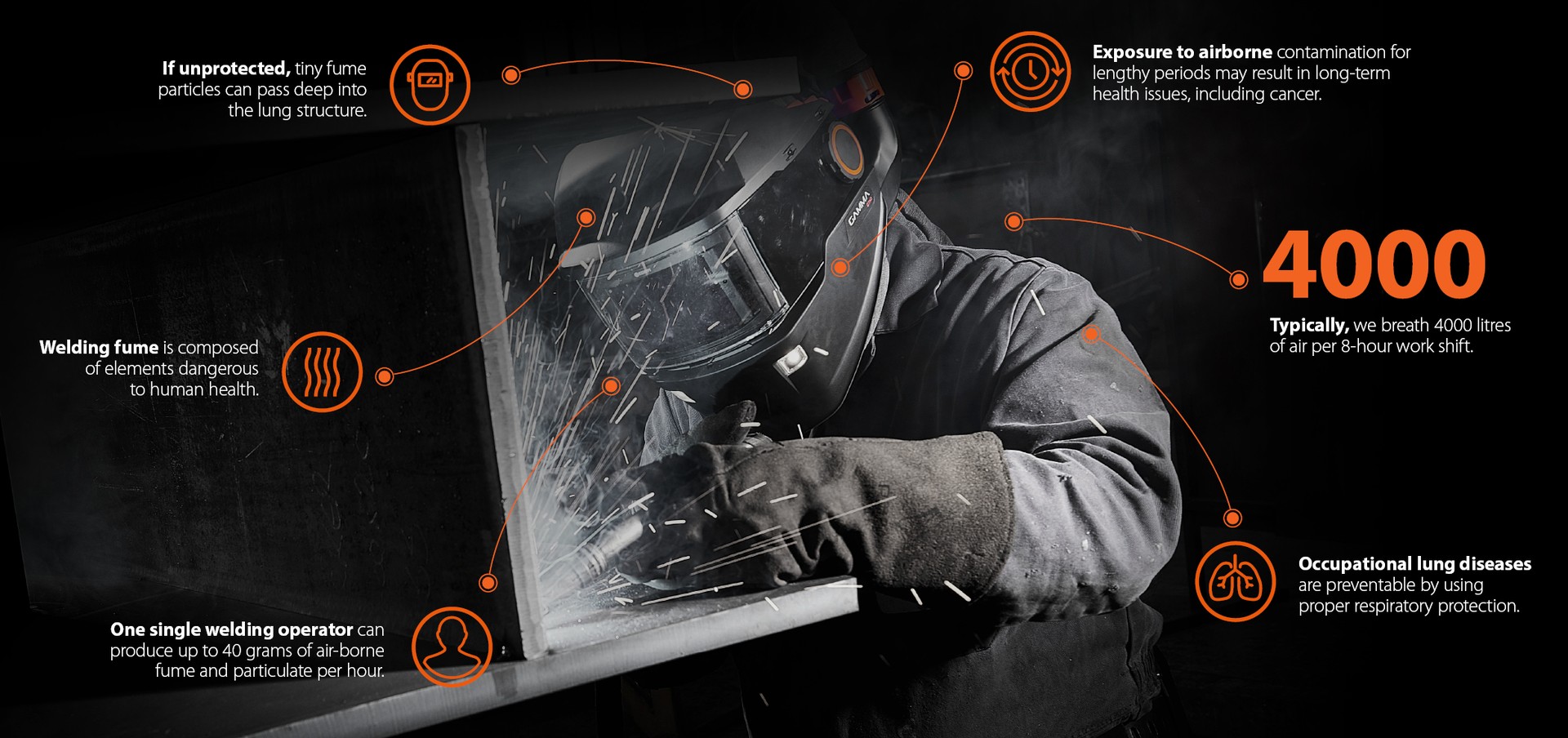
ELECTRIC SHOCK MAY CAUSE SERIOUS INJURY OR DEATH
Electric shock is an immediate and severe risk for a welder and may cause serious injury and even death. There are ways to reduce the risk of electrocution in welding:
Always make sure that the equipment is inspected and working properly. No damaged parts should be used.
Only use equipment that you are familiar with and know how to use. If you feel uncertain, do not work with the equipment.
The repair and maintenance of equipment should be performed only by authorized repair shops.
Use only clean and dry welding gloves. Do not touch the metal parts of an electrode holder with bare skin or wet clothing.
Wear clothing that fully covers your body.
Use a dry platform such as a mat or a wooden pallet so you are not in contact with wet or conductive surfaces.
PROTECTIVE GEAR AND TIDINESS PREVENT INJURIES CAUSED BY PHYSICAL HAZARDS
Ergonomics is gaining ground, also in welding. Slips, trips and falls account for a large portion of reported accidents. Also crushed toes and fingers caused by physical hazards are a risk on welding. The appropriate Personal Protective Equipment (PPE) offers protection against physical hazards. Earmuffs and earplugs protect against noise. Hard hats protect the head against falling and sharp objects.
Keeping the working environment clean and clear from obstacles and hazards eases the work of a welding team. Welding equipment should be chosen based on the needs created by the working application and work area. The easy movability of the equipment is an important criterion and can result in faster, safer, and more efficient working.
HAZARDS PRESENT IN WELDING PROCESSES ACCORDING TO SFS-EN ISO 4063

RELATED WELDING SAFETY CONTENT

Welding Value
Welding Value
Welding Value is a corporate blog hosted by Kemppi Oy. Its main purpose is to evoke discussion on the transformation of modern welding, and bring you the latest stories from within the global welding industry told by true experts in their respective fields.
